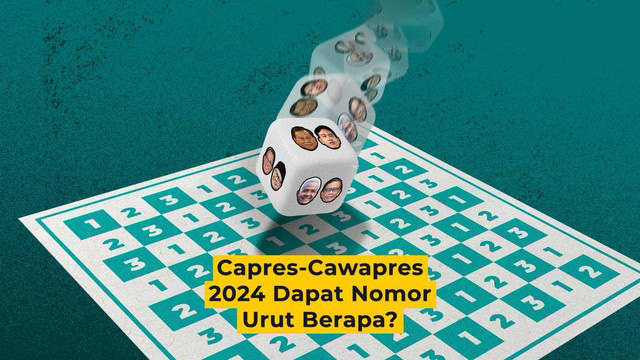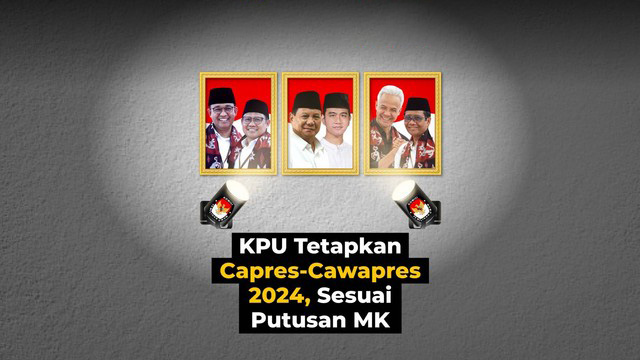Unlocking Game Mechanics: How Collectors Drive Progress in Modern Games
In the rapidly evolving landscape of game design, certain mechanics stand out for their ability to deeply engage players and foster a sense of achievement. Among these, the use of collectibles as a core mechanic has gained prominence, transforming how players experience progression and reward. This article explores the vital role of collectors in modern gaming, illustrating how they serve as catalysts for player motivation and continuous engagement.
Table of Contents
- The Concept of Collectors in Game Mechanics
- How Collectors Influence Player Progression
- Case Study: Modern Slot Games and Collectors
- Collectors as Drivers of Player Engagement and Monetization
- Non-Obvious Depths: The Psychological and Design Perspectives
- Future Trends: Evolving Collector Mechanics in Modern Games
- Conclusion: The Power of Collectors in Shaping Game Progress
The Concept of Collectors in Game Mechanics
What are collectors and how do they function within games?
Collectors are game elements that players seek to gather or complete as part of their gameplay experience. They often serve as milestones, nudging players toward specific achievements or encouraging exploration of game content. Collectibles can be integrated into the core mechanics to create a layered experience, where progress is tied to acquiring these items or symbols.
Types of collectibles: symbols, items, characters, and features
The variety of collectibles spans from symbolic icons and in-game items to characters or unlockable features. For instance, in adventure games, players might collect artifacts or badges; in slot games, symbols and bonus features serve as collectibles. This diversity allows designers to tailor collection mechanics to suit the theme and gameplay style, enhancing immersion and motivation.
Psychological impact: motivation, completionism, and reward systems
The act of collecting taps into fundamental psychological drives such as motivation and the desire for completion. Achieving a full set or rare item offers a sense of mastery and satisfaction. Reward systems—like unlocking new levels or features—further reinforce this behavior, creating a loop where players are continually driven to seek out more collectibles.
How Collectors Influence Player Progression
Collectibles as milestones and achievement markers
In many games, collecting certain items marks a milestone, signaling progress and unlocking a sense of accomplishment. This gamification approach makes the journey more engaging, as players celebrate completing sets or reaching specific collection goals.
Unlocking new content and features through collection
Completing collections often grants access to new game modes, characters, or features. For example, in slot games, collecting specific symbols can unlock bonus rounds or special features, thereby directly contributing to game progression.
The role of rarity and exclusivity in collector-driven progress
Rare and exclusive collectibles heighten the motivation to continue playing. Their scarcity increases their value, encouraging players to invest more time or money to obtain them. This creates a dynamic where rarity becomes a key driver for advancing within the game ecosystem.
Case Study: Modern Slot Games and Collectors
Example: Pirots 4 and its mechanics
Modern slot games like Pirots 4 – new game exemplify how collectible mechanics enhance gameplay. Pirots 4 incorporates a variety of symbols and features designed to motivate ongoing engagement. Its X-iter system, which requires paid entries ranging from €3 to €500, exemplifies how collection mechanics can be monetized and integrated into the core experience.
Unique features in other modern slots: The Alien Invasion feature and Space Bandit
Slots like Alien Invasion and Space Bandit introduce mechanics where symbols are collected per column, unlocking bonus features or advancing the game state. These mechanics increase interactivity and give players tangible goals, making the game more dynamic and rewarding.
The importance of caps: maximum win at 10,000x stake and early round termination
Implementing caps, such as a maximum win of 10,000 times the stake, ensures game balance and manages player expectations. Early round termination features prevent prolonged gameplay from an economic perspective, maintaining excitement while safeguarding the game’s integrity.
Collectors as Drivers of Player Engagement and Monetization
How collection mechanics encourage prolonged gameplay
By setting collection goals, players are motivated to spend more time engaging with the game. Completing a set or unlocking a feature can become a central activity, turning casual players into dedicated ones.
Monetization strategies: paid entries, exclusive items, and limited-time collectibles
Many games leverage paid mechanics, such as entry fees or exclusive items, to accelerate collection or unlock rare collectibles. Limited-time offers create urgency, encouraging players to spend to secure unique rewards before they disappear.
Balancing reward and challenge to sustain interest
Effective design ensures that rewards are meaningful but not easily obtainable, maintaining a sense of challenge. This balance sustains long-term interest and fosters a healthy monetization ecosystem.
Non-Obvious Depths: The Psychological and Design Perspectives
The psychology behind collecting and its addictive potential
Collecting taps into intrinsic human drives like the desire for mastery, completion, and status. While engaging, these mechanics can also trigger addictive behaviors if not ethically balanced, emphasizing the importance of responsible design.
Designing effective collector mechanics: pacing, rarity, and feedback loops
Successful mechanics incorporate pacing that gradually increases difficulty, rarity that sustains excitement, and feedback loops that reinforce progress. For example, visual and auditory cues can celebrate collection milestones, amplifying satisfaction.
Ethical considerations in incentivizing collection-driven behaviors
Designers must balance engagement with player well-being, avoiding exploitative practices. Transparency and moderation in monetization strategies help maintain trust and fairness.
Future Trends: Evolving Collector Mechanics in Modern Games
Integration of blockchain and NFTs for digital collectibles
Blockchain technology enables true ownership of digital assets, allowing players to buy, sell, or trade collectibles as non-fungible tokens (NFTs). This adds a new layer of value and permanence to collection mechanics.
Cross-platform and persistent collection systems
Future games may feature persistent collections accessible across devices, fostering ongoing engagement and social sharing. Cloud-based storage ensures seamless progression regardless of platform.
Personalization and adaptive collection challenges
Adaptive mechanics that tailor collection challenges to individual players’ preferences and behaviors will enhance personalization, making the collection experience more meaningful and motivating.
Conclusion: The Power of Collectors in Shaping Game Progress
“Well-designed collector mechanics not only motivate players but also create a sustainable ecosystem of engagement and monetization.”
Throughout modern game design, collectors serve as powerful tools to enhance player involvement and progress. When thoughtfully implemented—balancing challenge, reward, and ethical considerations—they transform a simple game into an immersive experience. Games like Pirots 4 exemplify how integrating collection mechanics with innovative features can elevate gameplay and foster long-term engagement. As technology advances, the future of collector-driven mechanics promises even more personalized and interconnected experiences, shaping the next generation of gaming.


















